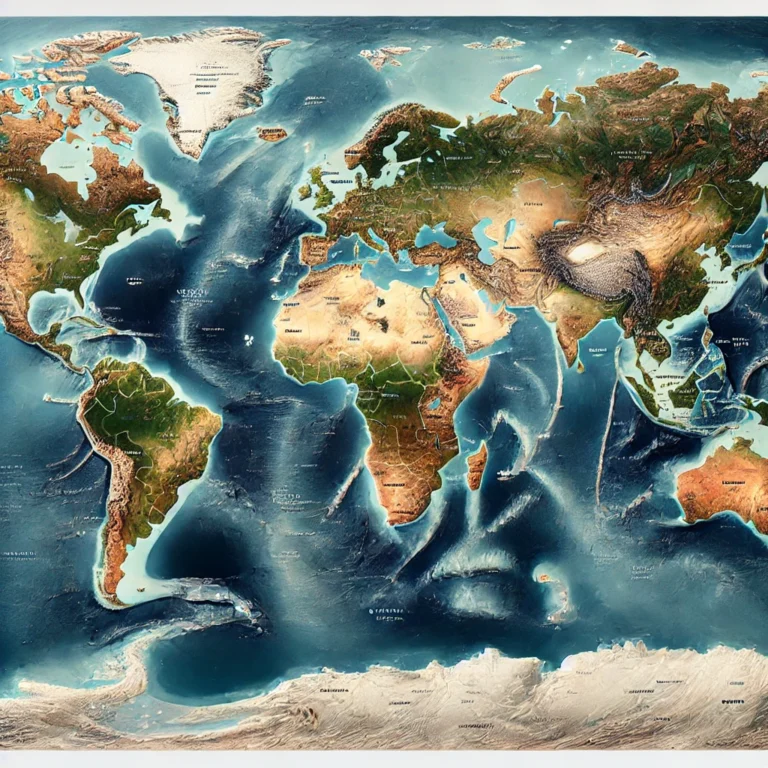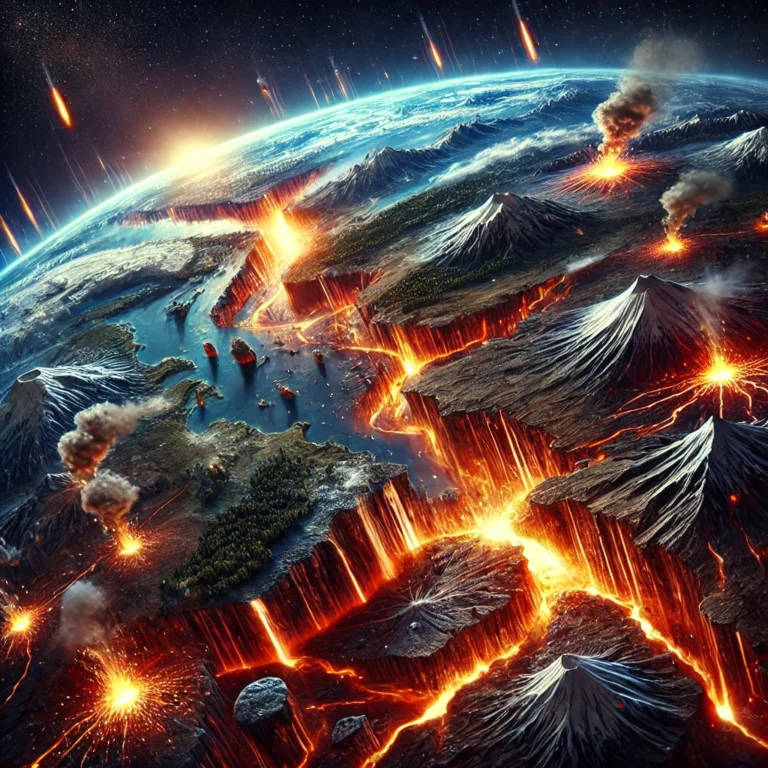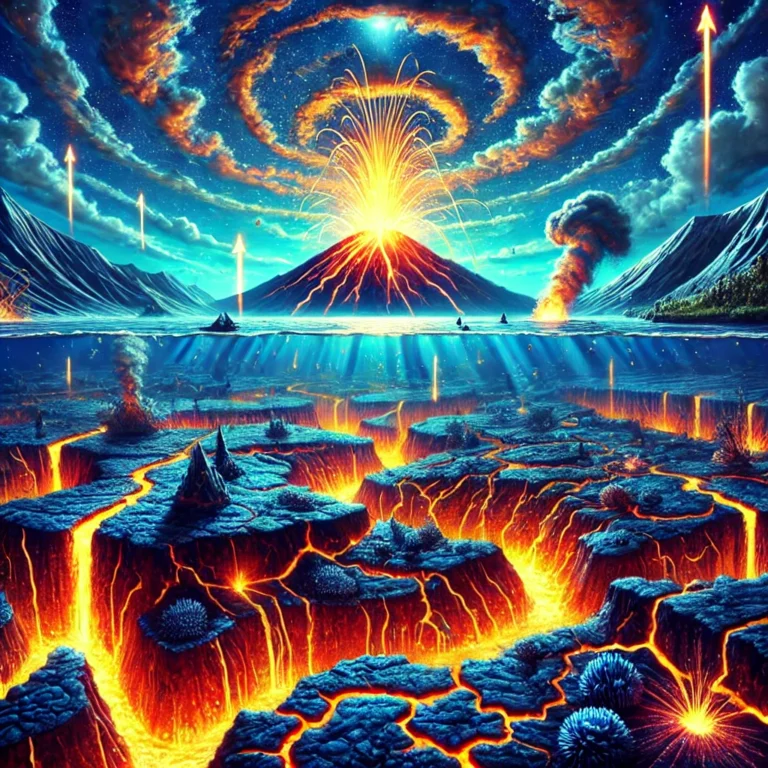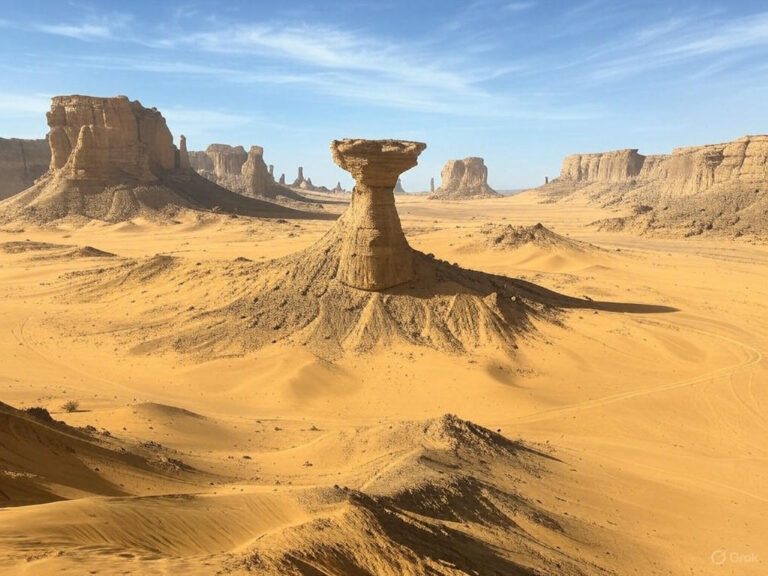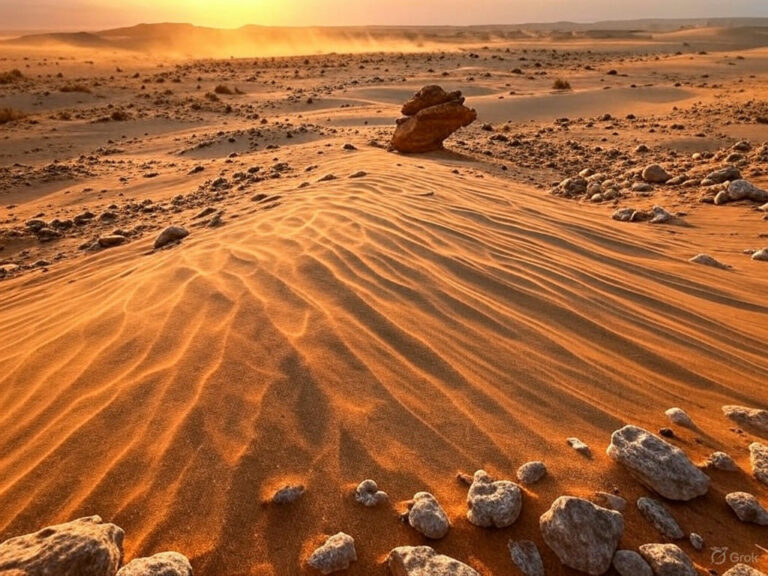Important Facts about North America
Among the seven continents, North America holds a unique position — not just in terms of physical geography, but also in terms of its economic influence, technological leadership, and geopolitical relevance.
Let’s begin with a simple yet profound question:
“Why should a civil services aspirant study North America in such detail?”
The answer lies in two layers:
🧭 First, the Geographical Layer: North America offers an excellent case study for applying key geographical concepts — from plate tectonics and river systems to climate zones and urban development. It includes everything from Arctic cold deserts to tropical rainforests, from tectonically active zones to ancient shield regions.
🌐 Second, the Strategic Layer: This continent is home to the world’s largest economy (USA) and also includes resource-rich Canada, demographically vibrant Mexico, and multiple developing nations in Central America and the Caribbean. Therefore, North America is not just a topic in geography — it is a gateway to understanding global power structures, trade patterns, and environmental challenges.
In this section, we begin by laying the foundational framework — the area, extent, major physical and political features — which will help us later decode the more complex aspects like climatic regions, economic zones, and geopolitical alignments.
Let’s now explore the basic profile of this continent — but do keep in mind:
“Every figure, every coordinate, and every city we discuss is not a static fact, but a dynamic part of a living, breathing continent.”
Area – The Scale of the Continent
- Total Area: 24.3 million km²
- This makes it the 3rd largest continent after Asia and Africa.
- To help you visualize — if North America were a carpet, it could cover India nearly seven times over!
Longitudinal Extent – From West to East
- Longitudes run vertically, like meridians connecting the North and South Poles.
- North America’s longitudinal stretch runs from:
- 173° W → Attu Island (in the Aleutian Islands of Alaska, USA)
- to 11.5° W → Nordostrundingen (in Greenland)
🧭 Key Insight:
- Attu Island is farther west than the Hawaiian Islands, even though it is part of the USA.
- The entire continent lies within the Western Hemisphere, which means all its longitudes are west of the Prime Meridian.
- This vast east-west stretch gives North America five distinct time zones — an important point for geopolitics and economic activities.
Latitudinal Extent – From South to North
- Latitudes are like horizontal bands on the globe — they tell us how far north or south a place is from the Equator.
- North America spans from:
- 5.5° N → Cocos Island (Costa Rica)
- to 85° N → Kaffeklubben Island (Greenland)
📌 Observation:
- Since it stretches from near the Equator to the Arctic, it passes through multiple climatic zones — tropical, temperate, sub-polar, and polar.
- And notice — entirely in the Northern Hemisphere. Not even a single part lies south of the Equator.
Sovereign Countries
- Total: 23 independent countries
- Top 5 by population:
- United States
- Mexico
- Canada
- Guatemala
- Haiti
🗺️ So while Canada is largest by area, it is the USA that dominates in terms of population and economy.
Major Cities
In terms of population, the biggest cities are:
- Mexico City (Mexico)
- New York City (USA)
- Los Angeles (USA)
- Chicago (USA)
- Toronto (Canada)
💡 Notice the urban dominance of the USA and the Latin American weight of Mexico City.
Largest Lake – Lake Superior
- Lake Superior is the world’s largest freshwater lake by surface area.
- In terms of volume, it stands third, after:
- Lake Baikal (Russia)
- Lake Tanganyika (Africa)
Freshwater lakes are critical for ecology, drinking water, and inland navigation.
Highest Mountain – Mount Denali
- Also called Mount McKinley, located in Alaska, USA.
- Height: 6190 meters
- It is the tallest peak in North America.
⛰️ Fun fact: “Denali” means “The High One” in the native Koyukon language.
Longest Rivers – Lifelines of the Continent
- Missouri River – 4087 km
- Mississippi River – 3765 km
- Yukon River – 3186 km
🌊 The Missouri-Mississippi system is often studied together as it forms one of the most significant river systems in the world.
Some Unique and Lesser-known Facts
- Lowest Point:
- Death Valley, California, USA → 282 feet below sea level
- This is not just dry, it’s also one of the hottest places on Earth.
- Largest Country (by area): Canada
- Also, Canada has the longest coastline in the world, stretching approximately 202,080 km. This vast coastal area touches the Pacific, Atlantic, and Arctic Oceans, making Canada unique in its maritime geography.
- Greenland:
- While politically associated with Denmark, geographically, it is part of North America.
- No Landlocked Countries:
- Every country in North America has access to an ocean or sea. This is unique among continents.
- Mammoth Cave, Kentucky:
- Recognized as the world’s longest cave system.
- A geological wonder and a tourist attraction.
- Mauna Kea, Hawaii:
- A dormant volcano, technically the second-highest island mountain in the world, after the one in New Guinea.
- Interestingly, if measured from its undersea base, Mauna Kea is taller than Mount Everest!


